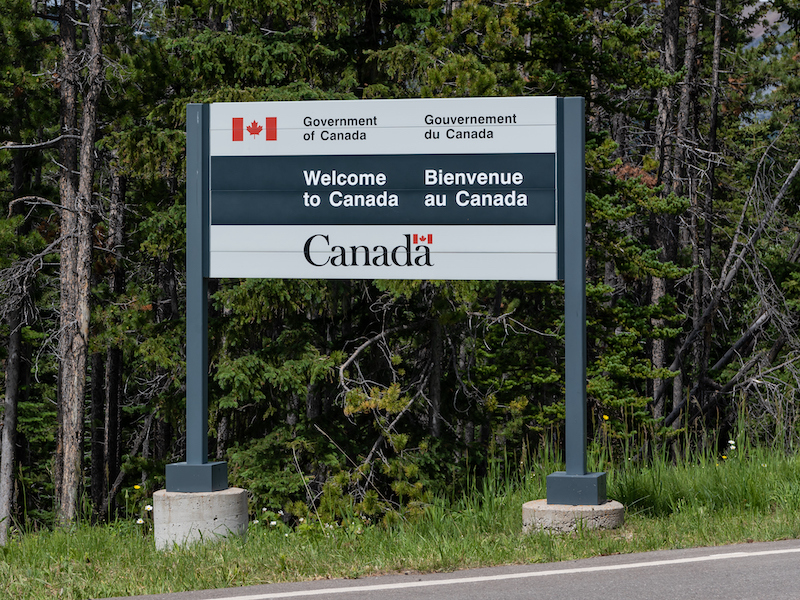
A new report suggests the federal government’s rapidly reduced immigration targets will significantly slow economic growth, but not enough to trigger a recession.
An abrupt reduction in population will simultaneously reduce economic supply and demand — resulting in economic impacts different from a typical slowdown, a Conference Board of Canada report, published Friday, showed.
The report estimates the policy decision will lower real GDP by $7.9 billion in 2025 and $16.2 billion in 2026. Overall, it could shave 0.3 percentage points off real GDP growth in those two years.
“Allowing Canada’s population to surge so quickly in 2023 and 2024 was a mistake, but attempting to rectify this problem with equal haste is also misguided,” the report said.
In October, the federal Liberals announced a plan to reduce non-permanent residents by more than 900,000 within two years after a high influx of newcomers strained Canadian infrastructure, public services and the housing market.
The government’s “hasty course correction” could ease price pressures in the housing market and bolster productivity but it could also bring a new set of challenges including potentially straining employers, exacerbating labour shortages and impacting near-term economic performance, the report said.
For instance, employment will decline but so will unemployment, the report said.
This means labour supply will tighten, reducing the unemployment rate by 0.5 percentage points in 2025 and 0.6 percentage points in 2026.
The unemployment rate has gradually risen to hit 6.8% in November, according to the latest Statistics Canada labour force survey. It’s the highest level since January 2017, outside of the COVID-19 pandemic.
The impact of the immigration changes will also be inflationary — first on wages and then on consumer prices.
With a loss of population and labour income, there will be fewer consumers to buy or consume goods, which would lead to a GDP decline. Real consumer spending is expected to fall by $6.9 billion in 2025 and $10.8 billion in 2026, the report estimated.
However, per-capita spending will be 1% higher than the baseline predictions, the Conference Board of Canada said.
“This is because the job losses will primarily occur in below-average-paying roles and wage gains will outpace inflation,” the report said.
The Conference Board of Canada suggested a gradual reduction in non-permanent residents, reaching the 5% target in 2029 — instead of 2027 — would better balance labour market dynamics and reduce economic risks.
“Canada still needs migrants,” the report said. “Over the long term, a sustainable pace of immigration will enhance the country’s productive capacity, GDP and tax revenues, sufficiently offsetting public sector costs and modestly improving government finances.”